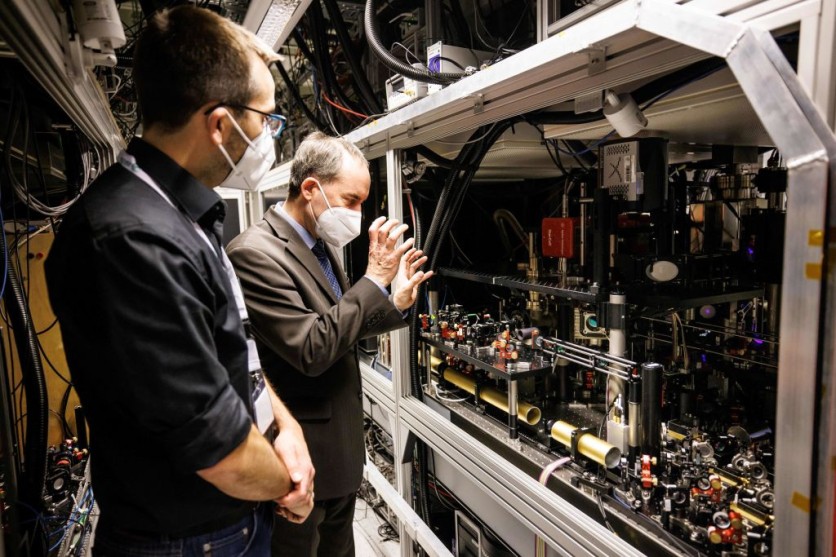Light helps us see the world as it is. But did you know that we can see objects even without absorbing a tiny particle of light?
In fact, one of the 2022 winners of the Nobel Prize in Physics, Anton Zeilinger, was the first to test the possibility of an interaction-free experiment with the help of optics.
Researchers from Aalto University Shruti Dogra, John J. McCord, and Gheorghe Sorin Paraoanu have found a brand-new, significantly more efficient method to conduct interaction-free tests as part of a study examining the relationship between the quantum and classical worlds.

Microwaves and Superconductors
The university's press release reports that the physicists employed transmon devices, which are relatively large superconducting circuits that exhibit quantum behavior, to find microwave pulses from conventional instrumentation.
Instead of using lasers and mirrors, the team's lab focuses on microwaves and superconductors. They also had to modify the idea to work with the various superconducting experimentation instruments.
This means that they had to make a significant modification to the conventional interaction-free protocol by introducing an additional layer of "quantumness" through a higher energy level of the transmon.
The resulting three-level system's quantum coherence was then utilized as a resource, according to Paraoanu.
Quantum Coherence
Quantum coherence is the ability of an object to exist in two separate states simultaneously, which is something that quantum physics permits.
According to the university's report, it wasn't immediately clear that the new protocol would function because quantum coherence is fragile.
But the experiment's initial runs demonstrated a considerably higher detection efficiency.
The team repeatedly went back to the drawing board, tested their findings using theoretical models, and verified everything. They then claimed that there was undoubtedly an impact.
Read Also : IBM Quantum Computers: Research Shows First Proofs About Advantages, Says it Offers More Value
Interaction-Free Measurements
The distribution of cryptographic keys, noise detection, and optical imaging are only a few of the specialized processes where interaction-free measurements from less effective earlier technologies have already found applications.
The new and enhanced approach may significantly boost these processes' efficacy, according to the team.
"In quantum computing, our method could be applied for diagnosing microwave-photon states in certain memory elements. This can be regarded as a highly efficient way of extracting information without disturbing the functioning of the quantum processor, " Paraoanu said in a statement.
The team led by Paraoanu is also experimenting with other novel ways of processing information, such as counterfactual quantum computing and counterfactual communication.
The study's findings were published in the journal Nature Communications.
Related Article : Intel Partners With QuTech to Develop New Cryogenic Control Chip: Here are Horse Ridge's Major Details

ⓒ 2025 TECHTIMES.com All rights reserved. Do not reproduce without permission.




